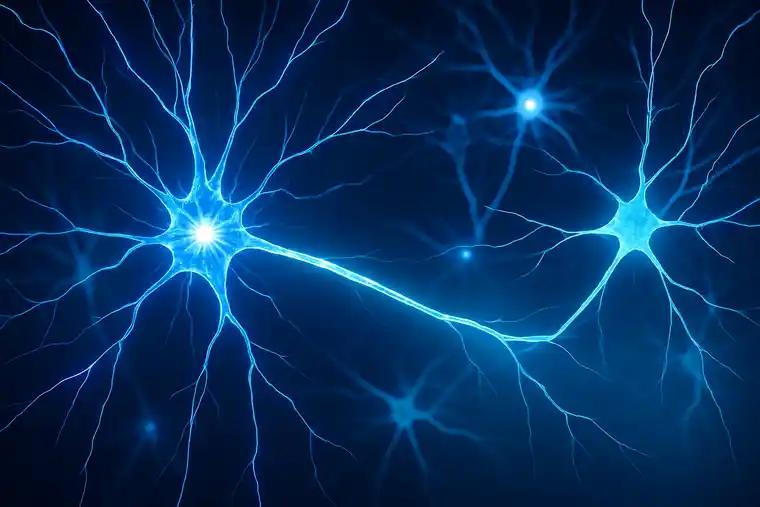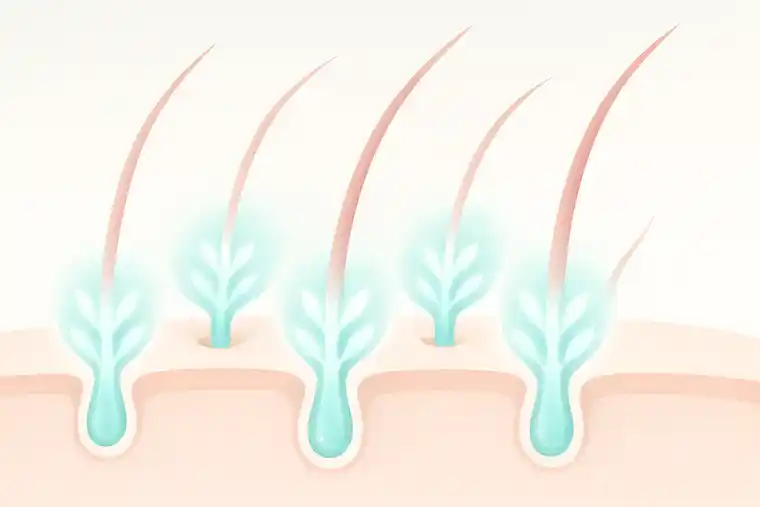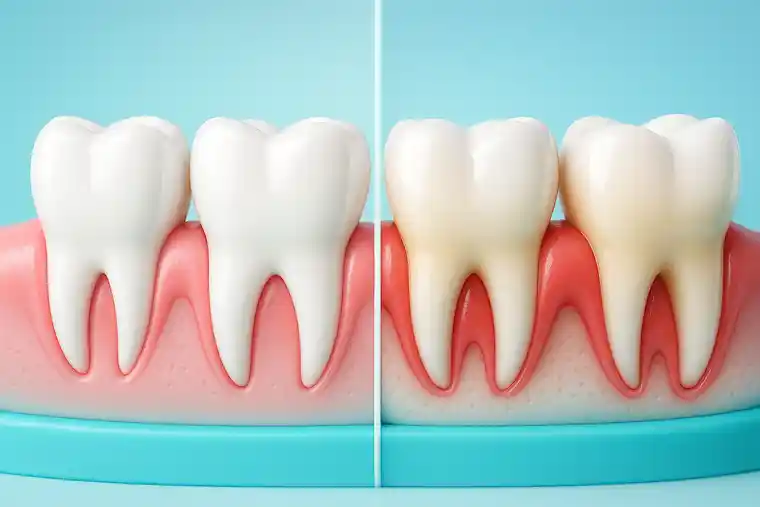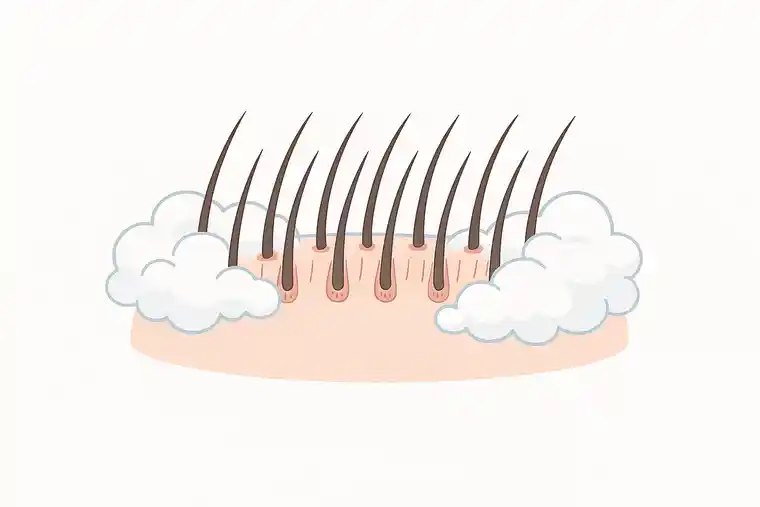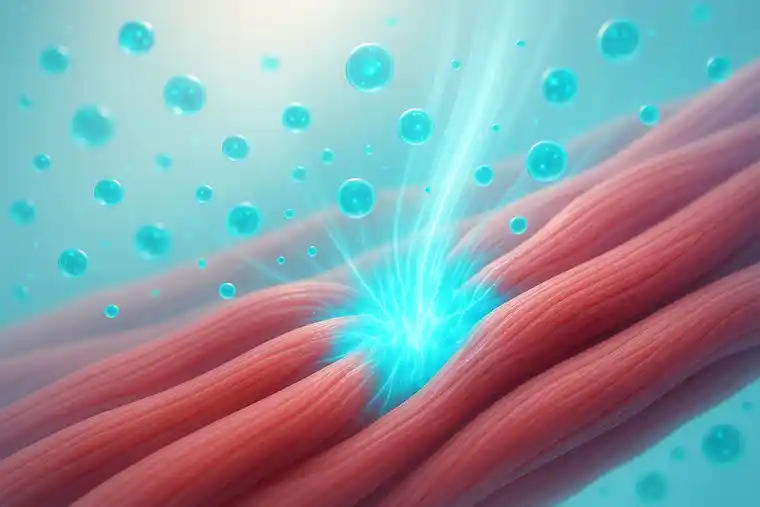Stem Cell Therapy for Autism: How MSCs May Improve ASD Symptoms – Insights by Prof. Dr. Serdar Kabataş
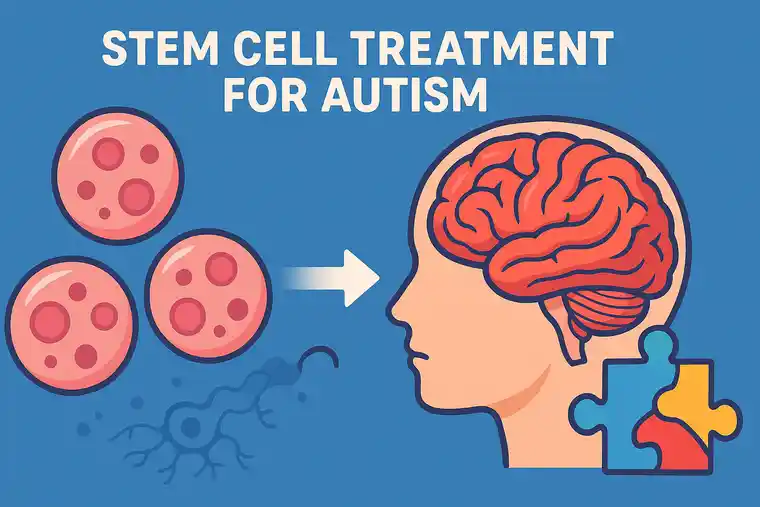
A Doctor’s Perspective: Stem Cell Therapy for Autism – New Avenue of Hope for Families
By Prof. Dr. Serdar Kabataş
I’m Prof. Dr. Serdar Kabataş, a neurosurgeon with over two decades of experience in both surgical and non-surgical treatment of neurological disorders.
Over the years, my clinical practice and academic research have increasingly focused on the field of regenerative medicine, particularly the therapeutic potential of stem cells. Through this dual lens—scientific and clinical—I’ve witnessed how advances in cellular therapy are opening new possibilities for conditions once thought untreatable. One of the most compelling and emotionally resonant applications of this science is its emerging role in autism.
As a medical professional, I have dedicated my career to understanding and treating the human brain—from complex brain surgeries to groundbreaking work with biologics and cell-based therapies. My work in regenerative medicine bridges cutting-edge science with compassionate care, especially for pediatric neurological conditions.
As a father myself, I deeply understand the hope and caution that families feel when considering any new therapy for their child. That’s why this article is not just a scientific overview, but also a message of informed hope, grounded in real evidence.
In recent years, research has increasingly confirmed that ASD is not just a behavioral or developmental disorder—it has biological underpinnings that include immune system dysfunction, chronic neuroinflammation, and disrupted neural connectivity.
These discoveries are shifting the conversation from merely managing behaviors to addressing underlying causes. One of the most promising tools in this evolving landscape is mesenchymal stem cell therapy (MSC therapy).
This article is designed to provide clear, science-based information about stem cell therapy for autism. It explains how stem cells, MSCs, work, why they may help address the immune and neurological imbalances seen in ASD, and what the treatment process involves.
We will also explore recent clinical research, examine safety considerations, and describe what outcomes families might realistically expect.
My goal is to help families and practitioners alike understand where the science stands today—and where it may be heading tomorrow.
Whether you’re a parent seeking answers, a physician exploring treatment options, or simply someone curious about regenerative medicine’s frontiers, I invite you to read on with both curiosity and critical thought.
The journey of stem cell therapy for autism is still unfolding, but the early results offer cautious optimism—and above all, a renewed sense of possibility for many families.
Table of Content
What is Autism?
Autism Spectrum Disorder (ASD) is a life-altering neurodevelopmental condition that affects millions of families around the world. While traditional therapies provide crucial support, many parents and clinicians are left asking: Is there something more we can do—something that addresses the biological root causes of autism, rather than just managing the symptoms?
Understanding the Biology Behind Autism and Stem Cell Therapy
ASD affects approximately 1 in 100 children globally. For many families, this diagnosis brings daily challenges in communication, learning, behavior, and emotional connection. While traditional therapies—such as behavioral interventions, special education, and medication—can help manage symptoms, they often fall short in addressing the underlying biological factors of autism.
Stem cell therapy, particularly using mesenchymal stem cells (MSCs), offers a promising new avenue. MSCs—derived from bone marrow, fat tissue, or umbilical cords—are known for their ability to:
- Modulate the immune system
- Reduce inflammation
- Support brain function
Recent research shows that many children with ASD exhibit:
- Chronic brain inflammation
- Immune system imbalances
- Oxidative stress and energy regulation issues
Rather than masking symptoms, MSC therapy aims to foster a healthier internal environment that promotes improved learning, communication, and engagement.
What Are Mesenchymal Stem Cells (MSCs), and Why Use Them for Autism?
MSCs are adult stem cells found in tissues like bone marrow, adipose tissue, and umbilical cords. They are considered ethically acceptable and have low tumor risk, unlike embryonic stem cells.
Key Benefits of MSCs in Autism Treatment:
- Immune System Regulation: Helps reduce inflammatory cytokines (e.g., TNF-alpha, MDC, TARC), which are often elevated in ASD.
- Neuroprotection and Brain Repair: MSCs release growth factors that support neuronal growth and connectivity.
- Reduction of Oxidative Stress: MSCs provide antioxidant benefits and can transfer healthy mitochondria to damaged cells.
- Low Rejection Risk: MSCs are “immune-privileged,” minimizing the risk of rejection.
- Wharton’s Jelly-Derived MSCs (WJ-MSCs): Harvested ethically from the umbilical cord, rich in regenerative and anti-inflammatory properties
Children with ASD often suffer from immune and neurological disturbances. MSCs can address these root causes by:
- Reducing inflammation
- Supporting brain cell health
- Promoting healing on a systemic level
This biologically supportive approach can enhance the effectiveness of other interventions such as behavioral therapy.
What Does the Clinical Research Say About Stem Cell Therapy for Autism?
Early Case Reports and Pilot Studies
Reports from Europe and Asia using autologous and umbilical MSCs – stem cell therapy for autism -show symptom improvement without side effects.
Phase I Safety Trials
Duke University Trial with WJ-MSCs:
- No severe side effects reported
- ~50% of participants showed improvements
- Some immune responses (non-pathogenic) were observed
Systematic Reviews and Meta-Analyses
A 2022 meta-analysis of 11 studies with 461 children found:
- Improved social interaction, irritability, and hyperactivity
- Enhanced communication
- No major adverse effects
Expert Reviews and Global Trials
- Confirmed support for brain and immune function
- Ongoing trials in India, Iran, Panama, and Turkey
- Turkey: Notable case with significant long-term improvement across six sessions
How Is Stem Cell Therapy for Autism Actually Done?
Step 1: Medical Screening
Medical history, neuro exam, lab work, MRI Informed consent
Step 2: Stem Cell Preparation
Donated umbilical cords processed in GMP-certified labs Cultured to a maximum of 4 passages Tested for sterility and identity
Step 3: Delivery Methods
Intrathecal (IT): Via lumbar puncture
Intravenous (IV): Systemic infusion
Intranasal (IN)
Intramuscular (IM)
Step 4: Treatment Frequency
Minimum 3 sessions, spaced 6-7 days apart
Step 5: Combined Therapies
Complement speech, occupational, and behavioral therapy
Step 6: Follow-Up
Assessments at 3, 6, 12, and 24 months using tools like CARS
The Patient Journey – What Families Can Expect
Initial Consultation: Clarity and reassurance
Preparation: Full screening, staff support
First Session: Mild side effects, smooth recovery
Between Sessions: Gradual changes—eye contact, sleep, speech
Completion: Families grow more confident and hopeful
Long-Term: Measurable improvements in daily function and behavior
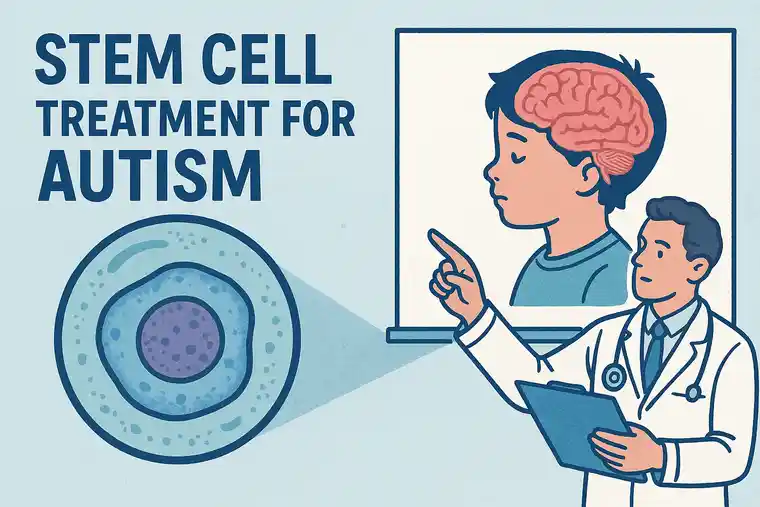
Therapeutic Goals – What Improvements Can We Expect?
- Behavioral: Less irritability and hyperactivity
- Fewer meltdowns Communication: New words, clearer speech, better interaction
- Cognitive and Social: Better focus and engagement
- Sensory Processing: Improved tolerance to stimuli, better coordination
- Quality of Life: More peaceful routines, better sleep, fewer crises
Safety and Ethics – What Parents Need to Know
Clinical Safety Profile
- No serious adverse events reported
- Some mild symptoms (fever, fatigue)
Ethical Standards
- Clinics must be certified and transparent
- No exaggerated claims
- Follow-up is essential
Warning Signs
- No evaluations or medical oversight
- No post-treatment support
- Lack of transparency or licensing
The Future of Stem Cell Therapy for Autism – What’s Coming Next?
- Larger Clinical Trials: International, placebo-controlled studies
- Personalized Therapies: Tailored to individual biomarkers
- New Combinations: MSCs with speech therapy, exosomes, hyperbaric oxygen
- Broader Access: Insurance coverage, ethical pricing models
- Ongoing Discovery: Monitoring neuroimmune markers, refining protocols
A New Chapter in Autism Care
Stem cell therapy is not a replacement for love, education, or conventional therapy. But it offers new potential for healing biological dysfunctions that underlie autism symptoms—giving children a better foundation for development, learning, and joy.
Final Words from Prof. Dr. Serdar Kabataş
“As a doctor and researcher, I’ve seen firsthand how stem cell therapy can change a child’s life. It’s not magic – it’s science, careful care, and compassion working together. Every new word spoken, every moment of eye contact, every hug – those are the victories that keep us moving forward. To the families reading this: you are not alone. We are working every day to make these therapies safer, stronger, and available to all who need them.”
Get your free consultation
- Need guidance and reassurance?
- Talk to a real person from MedClinics!
- Let's find the perfect doctor together.
